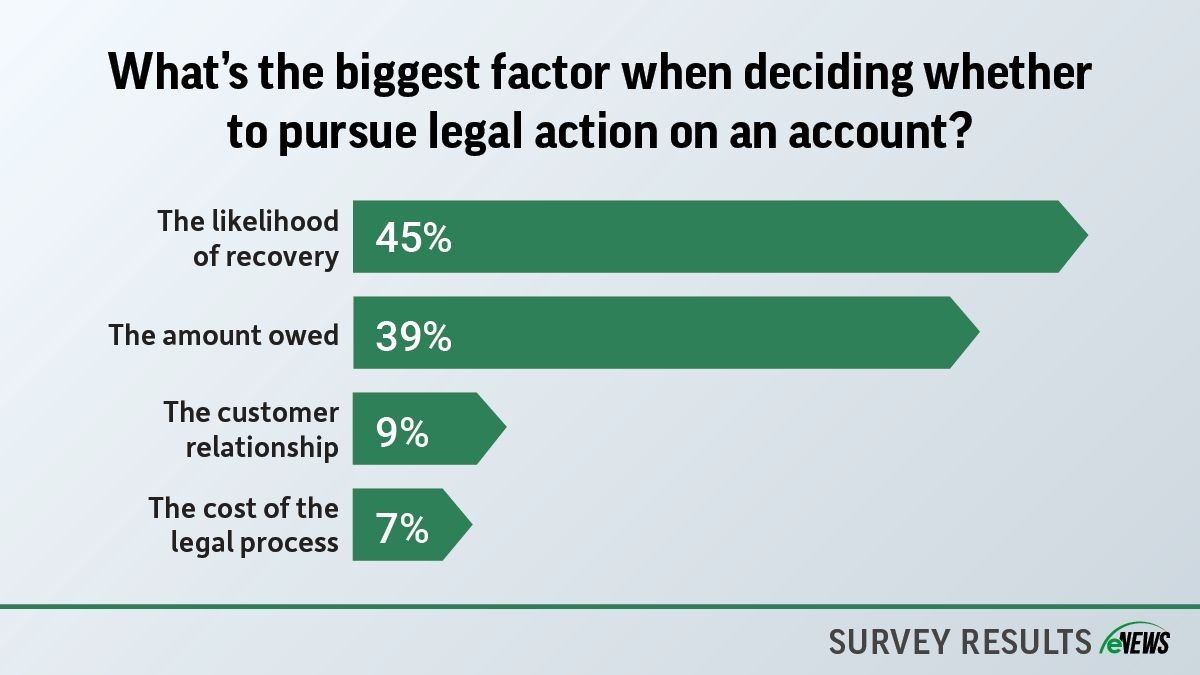Business Practices, eNews, Leadership
Burnout: The Corporate Vampire Sucking Life from Your Employees

Burnout has become a corporate vampire, draining the life out of employees through emotional exhaustion and lost productivity. By understanding the causes of and the preventative measures for burnout, credit professionals can maintain the physical and mental well-being of their credit team as well as improve performance in the workplace.
What Is Workplace Burnout?
According to the World Health Organization (WHO), burnout is an occupational phenomenon, a syndrome conceptualized as resulting from chronic workplace stress that has not been successfully managed and characterized by three dimensions:
- Feelings of energy depletion or exhaustion
- Increased mental distance from one’s job, or feelings of negativism or cynicism related to one’s job
- Reduced professional efficacy
Studies show an increase in workplace stress with 77% of workers reporting experiencing work-related stress in April, per the American Psychological Association (APA). While 57% indicated experiencing negative impacts because of work-related stress that are sometimes associated with workplace burnout, such as:
- Emotional exhaustion (31%)
- Didn’t feel motivated to do their very best (26%)
- A desire to keep to themselves (25%)
- A desire to quit (23%)
- Lower productivity (20%)
- Irritability or anger with coworkers and customers (19%)
- Feelings of being ineffective (18%)
Workplace burnout has an array of negative organizational, psychological and physical consequences, according to APA. Organizational consequences come in the form of absenteeism, job dissatisfaction and presenteeism, a loss of productivity that occurs when employees are not fully functioning in the workplace because of an illness, injury or other condition.
Recognizing Workplace Burnout
A sudden increase in workload can lead to burnout, especially when there are not enough resources to carry the extra weight. Sherry Bushman, director of credit and collections at Partners Personnel (Santa Barbara, CA) noticed burnout in her team this year during an acquisition where they had to ensure everything was set up correctly in the system. “Some people even started working more overtime to finish the project,” she said. But overtime does not always equal more productivity.
Workplace burnout can be more prevalent during specific times of the year. For Michael Barnidge, CCE, CICP, credit director at Quality Bicycle Products (Bloomington, MN), burnout is more prevalent from April through October. “At the start of the season, the team works hard in setting credit limits and getting orders out the door, especially during the summer when a lot of staff members are out on vacation,” he said. “We also have to make sure that we get paid before the fall and winter seasons where there’s not as much cash flow.”
Heightened negativity and cynicism are clear indicators of burnout with credit professionals, especially in toxic work cultures. Barnidge would see a decline in staff’s patience and willingness to navigate challenging discussions as a sign of burnout. “I’d hear about frustrations about workload and inter-departmental drama, especially between the credit department and the sales team,” Barnidge said.
How to Prevent Burnout
Preparation
Planning not only prevents burnout, but it helps you achieve short- and long-term goals. Barnidge prepares his team for the following quarters or months ahead. “This way I know what is going to be required of me and my credit team and I prepare for the potential challenges so that when they do come, they’re not a surprise,” he said. “During those challenging periods, we have days off or just extra time in the day to reflect or level set to stay calm. Sometimes we take more breaks or have more conversations to work on relationships and relieve stress.”
Schedule Flexibility
It’s possible to still experience burnout doing something you love if you don’t take the time to recharge. Having that work-life balance will not only prevent burnout but boost productivity in the workplace. “It’s important to set time aside to recharge because if you don’t take care of yourself and let the stress build up, you can’t take care of anything else around you,” said Brett Wegner, senior manager-accounts receivable at Post Consumer Brands (Lakeville, MN).
Bushman allows for schedule flexibility so that her staff stays motivated and oversee their own time. “I let my staff run errands or tackle family responsibilities during the day so long as the work gets done and there’s someone to take over during that time period,” she said. “Because credit team is remote, I hold daily morning calls to touch base with them.”
Prioritize Self-Care
Self-care looks different for everyone. It can mean allowing staff to improve whether that is professionally or personally. This can be in the form of team meditation, yoga or exercise. Buchman’s company has a weekly book club for personal growth where members from different departments discuss a chapter from a book and share personal experiences. “We also find ways we can help one another or make suggestions on how to improve personally and professionally,” she explained.
Setting Boundaries
Establishing clear boundaries at work, such as defining work hours and personal time, can act as a safeguard against workplace burnout by preserving a healthy work-life balance. “If your boundaries aren’t working, it may be time to look around and see if the work environment you’re in is conducive to the life you want,” said Kelsie Gradin, AR specialist at Outdoor Research (Seattle, WA). “I’m lucky to have found a workplace that does the same. After experiencing burnout from a previous employer, I found that advocating for yourself can be one of the hardest but most rewarding things you can do.”
Open Communication
Maintaining open communication with your staff makes them more comfortable asking for help if they are feeling overwhelmed or burnt out. “I speak to the person candidly and ask if there’s something going on because I don’t want to assume that it’s work overload,” Bushman said. “I ask if there’s something I can do like hire more people if there’s an uptick in workload. This allows credit staff to have that work-life balance, especially since most of them have families.”
The causes of burnout will vary depending upon the individual and may not always be directly linked to the workplace. “People may appear as though they’re burning out due to work, but really, they’ve got some unresolved life experiences or struggles that they haven’t reconciled that are affecting their ability to perform at work,” Wegner said. “Once you recognize that, you can make a positive impact in that person’s life, even if it’s just listening to their story. You can also ask if they need somebody to step in or need a change in workload.”





